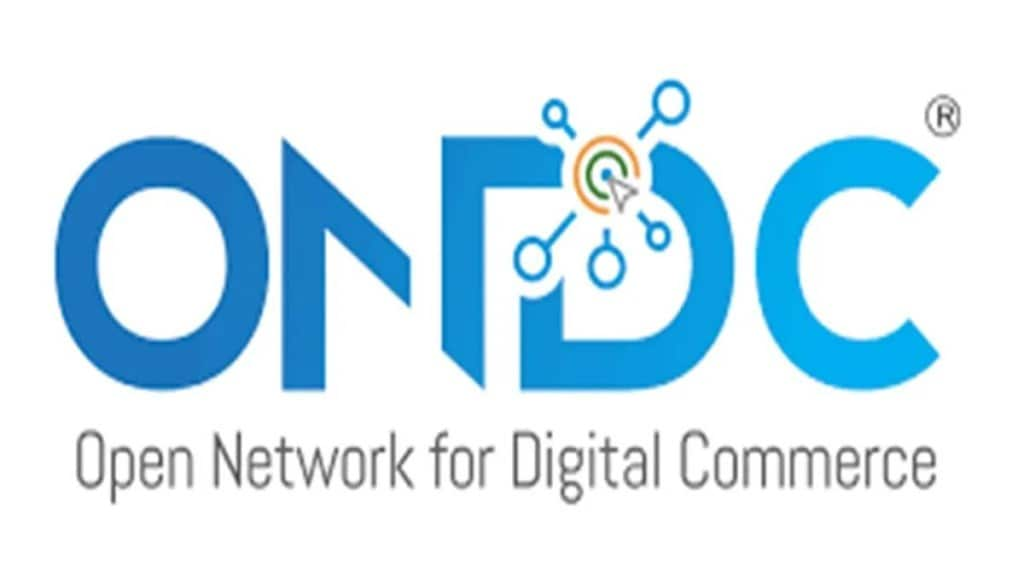Insurance products may be available on the government-backed Open Network for Digital Commerce in the next 9-12 months, a top ONDC official told FE. The idea is to mitigate risks arising from returns and cancellations and the partners will be finalised soon, he added without giving details.
“What if I can get insurance for a small seller? We are trying to build an insurance mechanism. When you come as a network, it helps as insurance works in volume, premium reduces and certainty increases,” the official said.
ONDC ventured into financial services sometime back. In August 2023, it publicly announced plans to introduce financial products — including insurance and credit — to consumers in the network.
The insurance mechanism, when implemented would protect small sellers from losses from cancellations, returns, or failed cash-on-delivery orders. Moreover, entry barriers for medium and small scale units would be lowered, in turn encouraging greater participation on the network, and building trust among buyers, strengthening ONDC’s ecosystem without relying on heavy subsidies.
COD remains a obstacle for e-commerce
Currently, cash-on-delivery remains a persistent challenge across e-commerce, even for big platforms. Rather than subsidising every transaction, a structural solution appears as ONDC’s best bet. “Big platforms are burning money in preventing returns — offering discounts so that customers don’t cancel. Most rely on third-party arrangements. Our approach is to solve this structurally, not through subsidies.”
On setting standard for service quality, he said that ONDC lets sellers define their own terms, unlike food delivery platforms, which set stringent service-level agreements on delivery. “If you’ve promised delivery in 45 minutes, then you deliver in 45 minutes — that’s where accountability comes in. Our job is to support sellers, not enforce timelines,” the source said. “But if one continuously messes up, repercussions follow.”
This flexibility, he argued, is in keeping with ONDC’s vision of democratising e-commerce. “A food delivery app says: my way or the highway. ONDC communicates the seller’s terms to the buyer, and questions are asked if those terms are breached. It’s not a one-size-fits-all app.”
ONDC boost grievance redressal
Grievance redressal is another area where ONDC claims to have built strong capacity. “We handled 18 million transactions last month. Not all of them were flawless, but they were successful orders — and that couldn’t have been possible without a robust grievance handling system. Today, ONDC easily processes half a million orders a day,” the source stated.
The person compared ONDC’s evolution to that of UPI. “When BHIM was launched, the experience was clunky. Today, UPI is the best interface in the world — but it has taken more than a decade to get there. ONDC is nowhere close to the mark yet, but the experience has improved significantly, and there is a long way to go.”
The source also pointed to ONDC’s resource constraints compared to large food and commerce platforms. “Six large players spend about Rs 10,000 crore annually on marketing, whereas ONDC has an authorised capital of Rs 500 crore. So the construct and constraints of a network like ONDC are very different.”
The person added that perception around the initiative has shifted dramatically since its early days. “Three years back, ONDC was a confusing idea. That has changed.”

